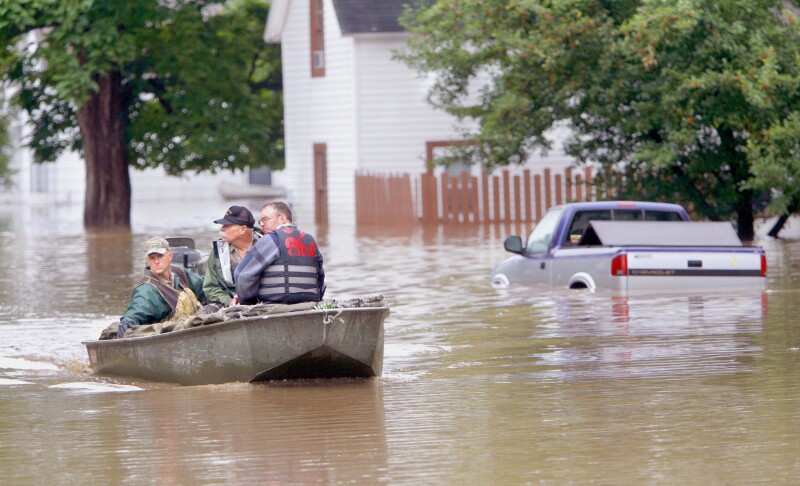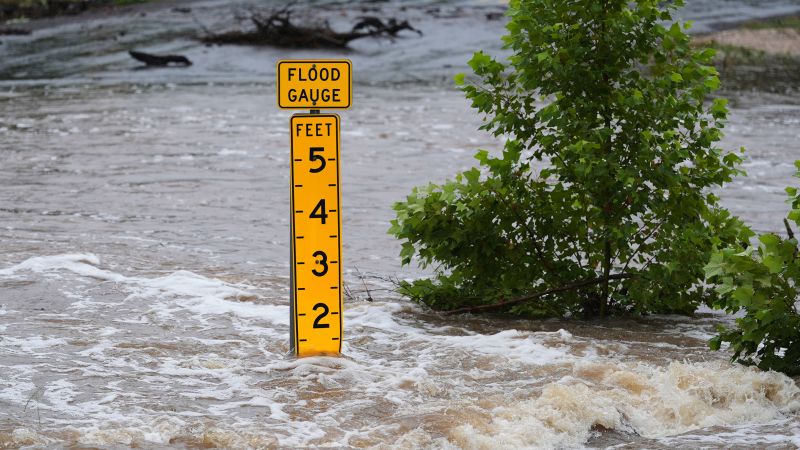Central Texas Floods Spark Urgent Review of Emergency Systems

Severe flooding in Central Texas over the Fourth of July weekend resulted in the tragic deaths of over 100 people, including 28 children. As communities grapple with the aftermath, the situation has prompted urgent discussions about emergency preparedness and response systems across the United States.
Rochester, Minnesota, which experienced significant flooding in 2007 that claimed seven lives, has largely avoided such disasters in recent years due to a robust flood control system. Despite this, local officials are now reevaluating their emergency protocols in light of the Texas tragedy.
Lessons Learned from Texas and Historical Flooding
In July 2023, the Guadalupe River surged more than 26 feet in less than an hour, overwhelming campers and staff who were caught off guard at night. This disaster raised critical questions about the effectiveness of warning systems. Capt. Jonathan Jacobson of Olmsted County Emergency Management emphasized the importance of proper messaging. “The last thing I want to do… is to sound sirens for people to go inside when they only have five minutes before water starts pouring in their house,” he stated.
Minnesota currently uses sirens primarily for tornadoes and wildfires, not flash floods. The Association of Minnesota Emergency Managers recently issued recommendations for siren usage, but none included flash flooding, despite the growing risks.
Rochester’s experience during the 2007 flooding illustrates the potential for devastating impacts. That year, over 15 inches of rain fell in some areas, leading to mudslides and significant destruction across southeastern Minnesota. In the wake of this disaster, which saw damages exceed $200 million, counties worked to enhance early warning systems, including automated messaging linked to river levels.
Evaluating Current Preparedness and Future Strategies
Winona County has made strides in improving its emergency systems, collaborating with both the National Weather Service and FEMA to install river sensors that provide real-time alerts when water levels rise. “We feel we have adequate measures in place to warn people,” said Winona County Emergency Manager Ben Klinger, reflecting on the ongoing improvements since the 2007 floods.
Wabasha County officials are particularly concerned about the Lake Zumbro Dam, classified as a “high hazard dam.” Brenda Tomlinson, the county’s Emergency Director, highlighted the importance of regular drills to ensure effective communication and response in case of a dam failure, particularly following the devastating flood that struck the Zumbro Valley in 2010.
The implications of climate change are now more evident than ever. The most recent National Climate Assessment indicates that the Midwest has become wetter over the past several decades, with increases in rainfall events of 5% to 15%. This trend suggests that extreme weather incidents may become more frequent, necessitating a reevaluation of existing emergency protocols.
Moreover, the Texas floods have spotlighted staffing reductions at key weather agencies, including the National Oceanic and Atmospheric Administration (NOAA) and the National Weather Service (NWS) during the previous administration. Although the NWS issued timely alerts during the July weekend, many local officials have expressed concern over the absence of a siren system, which could have provided crucial warnings.
Questions persist about the decision to place summer camps in flood-prone areas along the Guadalupe River, an area known for its rapid flooding. Local officials previously considered implementing a siren system but opted against it due to budget constraints.
The tragedy in Texas serves as a critical reminder of the importance of robust emergency preparedness and the need for communities to adapt to changing weather patterns. As regions like Minnesota assess their readiness, the focus remains on improving communication, enhancing warning systems, and ensuring that residents know how to respond effectively in the face of natural disasters.






